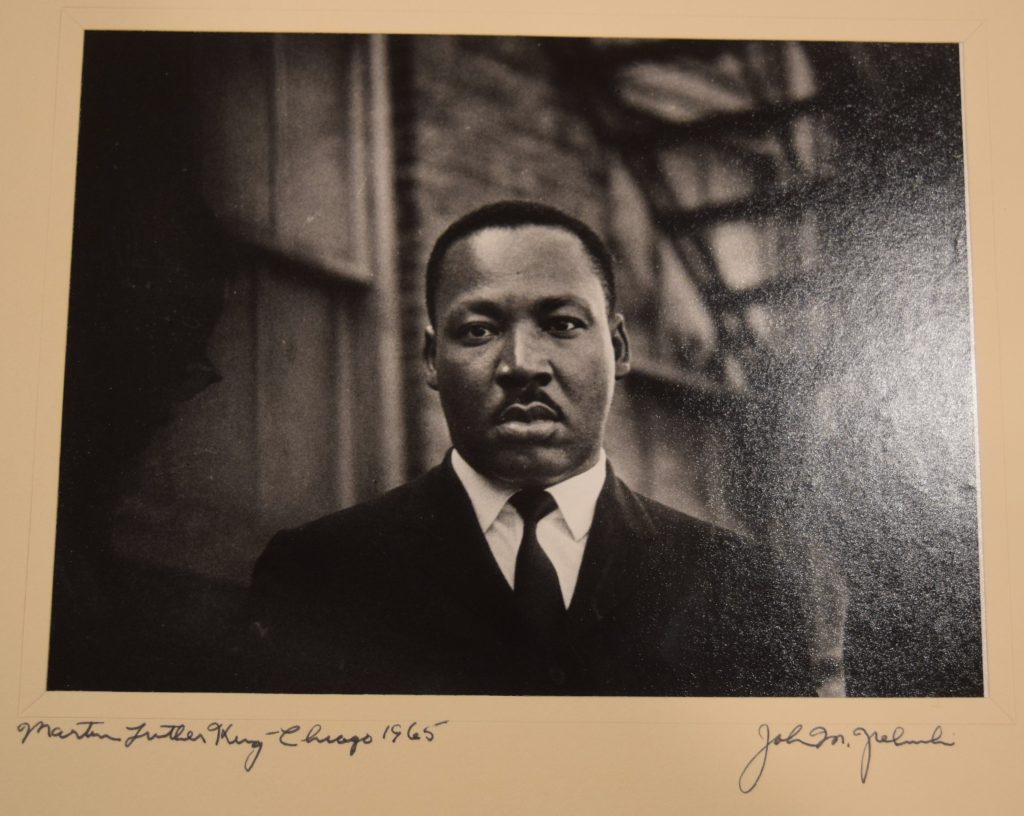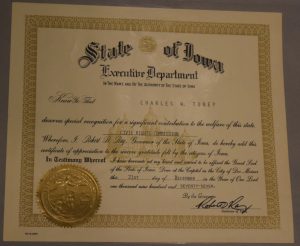On a national level, the Civil Rights Movement was widespread and powerful, largely in part because of the local activism that people like Charles had a part in. The Movement is defined by its nonviolent protests and civil disobedience that were an attempt to knock down discriminatory Jim Crow laws, 100 years after the Emancipation Proclamation. The efforts of activists resulted in initiatives such as the Voting Rights Act of 1965 and the Civil Rights Act of 1968. Members of the African American community risked, and sometimes lost, their lives in the name of freedom and equality.
Around the summer of 1949, Charles Toney’s son tried to get into a community pool. This incident reminded Charles of his own discrimination at a community pool when he was 14. When Charles Jr. was denied entry, Charles returned to the pool with a group of three or four other African-American men and their children, and all were let in without complaint. This small act was the first of many actions Charles would take in promoting the integration of public spaces in Iowa.
Charles would become a major actor in the local Civil Rights movement, eventually becoming a part of the Iowa Civil Rights Commission.
- Certification for Charles Toney’s inclusion in the Civil Rights Commission for the year 1979
- Certification for Charles Toney’s inclusion in the Civil Rights Commission for the year 1977



Recent Comments